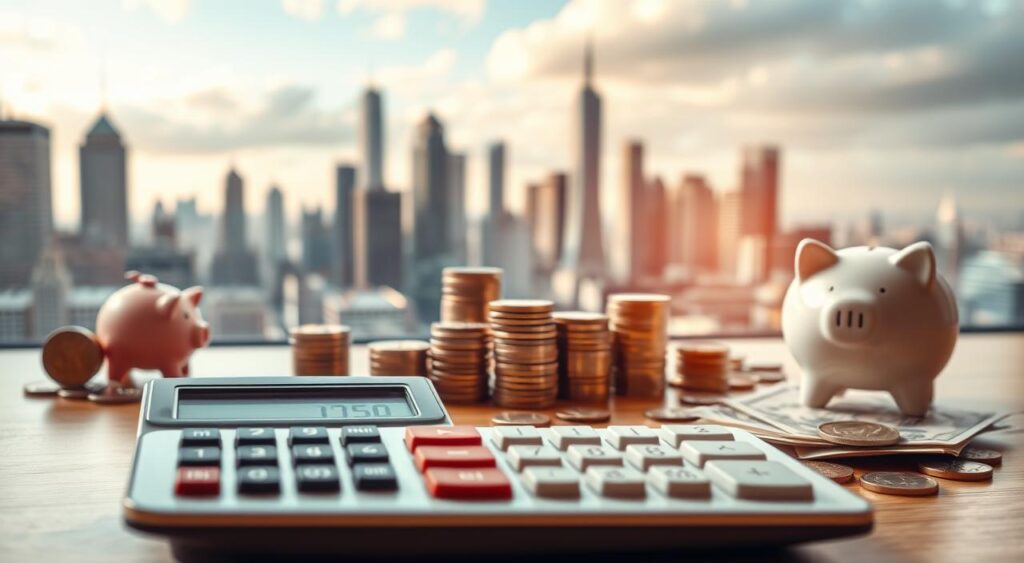“Compound interest is the eighth wonder of the world,” Albert Einstein famously said. This idea isn’t just about money—it’s a universal principle that shapes how small actions grow into life-changing results. The compounding mental model shows how tiny choices, repeated over years, create exponential outcomes.
Think of it like planting a seed: water it daily, and it becomes a towering tree, showcasing the power of compounding.
Let’s start with a simple example. If you invest $10 and earn 10% yearly, your money grows to $11 in year one. But in year two, you earn interest on $11, not just the original $10. Over decades, this snowball effect can turn modest savings into wealth, providing a significant advantage for people who understand this concept.
The same logic applies to habits. Walking 15 minutes daily seems small, but over 10 years, it adds up to 912 hours of movement!
This model works everywhere. Learning a skill for 20 minutes daily builds expertise, a valuable part of personal and professional life. Sending a quick text to a friend strengthens relationships, showing how even small actions can have a big impact. Even negative patterns—like skipping workouts—can quietly erode health. T
he key? Consistency and time. You don’t need grand gestures—just steady effort, and you’ll see the results over a period.
Ready to see how this applies to your life? We’ll break down the science, share real-world examples, and show how to harness this force. Whether you’re saving for retirement or building a career, understanding this concept changes everything, as highlighted in various articles about the compounding effect.
Key Takeaways
- Small, consistent actions create exponential results over time
- Applies to finance, health, learning, and relationships in life
- Time magnifies both positive and negative habits, a key idea in understanding compounding
- Reinvesting gains accelerates growth in business and personal finance
- Start early—delays shrink long-term outcomes and the amount of interest you can earn over a period.
Foundations of Compounding and Its Principles
Imagine planting an apple seed and watching it grow into a fruit-bearing tree over decades. This slow transformation mirrors how small, repeated actions create lasting value. Let’s explore the core ideas that make this growth possible.
Understanding Compound Interest and Reinvestment
Compound interest works like a snowball rolling downhill. When you reinvest earnings, you earn returns on both your original money and accumulated gains. For example:
| Year | $1,000 at 5% (Simple) | $1,000 at 5% (Compound) |
|---|---|---|
| 5 | $1,250 | $1,276 |
| 10 | $1,500 | $1,629 |
| 20 | $2,000 | $2,653 |
This table shows why reinvesting matters. By year 20, compounding creates 32% more wealth than simple interest. The same principle applies to skills—practicing guitar daily builds muscle memory faster than weekly sessions.
The Roles of Time and Consistency
Time turns modest efforts into major results. The Rule of 72 helps estimate growth: divide 72 by your annual rate to find doubling time. At 7% returns, money doubles every 10.3 years, showcasing the power of compounding.
But this needs consistency. Saving $5 daily becomes $18,250 in 10 years—enough for a car down payment. Miss 30% of deposits? You’ll have $12,775. Gaps create “growth leaks” in finance, health, or knowledge building, impacting the amount of wealth people can accumulate.
Platforms like Pinterest show this in business. Each user pin attracts others, creating free growth. Your habits work similarly—daily walks improve heart health more than occasional marathons, illustrating how small things can lead to significant results.
Real-World Applications of the Compounding Mental Model

Picture this: you sip coffee while your investments quietly multiply. Meanwhile, your morning pushups and weekly calls to friends shape a healthier, happier life. Let’s explore how this principle works beyond theory.
Financial Investments and Compound Interest in Action
The S&P 500 grew 10% annually since 1957. A $1,000 investment would now exceed $400,000. Warren Buffett built 99.7% of his wealth after age 52—proof that time fuels growth.
Safer options work too. A 4% savings account turns $200 monthly into $148,000 in 30 years. Volatility? Sure. But steady deposits let investor mindset win over market noise.
Impact on Health, Relationships, and Knowledge
Michael Phelps trained 6 hours daily for 15 years before his first Olympic gold. Five pushups every morning? That’s 1,825 yearly—enough to transform arm strength and contribute to a healthier lifestyle, a key idea for many people.
Naval Ravikant notes that trust compounds in relationships. Weekly check-ins build deeper bonds than annual grand gestures. Missed workouts or ignored texts? The reverse applies, showing how small things can impact our connections.
Charlie Munger credits daily reading for his wisdom. Learn one industry term each day? You’ll master 365 concepts yearly. This article illustrates how knowledge builds like interest—silent at first, explosive over decades, a powerful way to grow in business.
Mastering the Compounding Mental Model
Leveraging Daily Habits for Exponential Gains
The “barbell strategy” from finance works for habits too. Spend 80% of energy on safe, consistent actions (like weekly savings), and 20% on high-growth activities (learning new skills). Here’s how different approaches stack up:
| Strategy | Daily Action | 5-Year Impact |
|---|---|---|
| Knowledge Building | Read 15 minutes | 456 hours of learning |
| Fitness | 100 extra steps | 182,500 steps yearly |
| Finance | Save $3 daily | $5,475 + interest |
Reinvest your “interest” wisely. Finished a course? Teach someone else. Built muscle? Try heavier weights. This creates a growth loop where each success fuels the next.
Strategies for Lasting Progress
Measure progress in decades, not days. Olympic swimmers don’t win medals in a month—they perfect strokes over years. Try these tested methods:
- Use mental frameworks to spot high-impact habits
- Automate savings and learning routines
- Track micro-wins (e.g., “10 pushups today vs. 8 yesterday”)
Reduce friction. Keep workout clothes by your bed. Schedule relationship check-ins during coffee breaks. As proven mental models show, small adjustments create outsized results over time.
Remember: A 1% daily improvement makes you 37x better in a year. What tiny step will you take today?
Conclusion
Think of your daily choices as seeds. Water them with steady effort, and they’ll grow into something extraordinary. Whether saving $5 a day, learning one new skill weekly, or calling a friend every Friday, time magnifies what you repeat. Charlie Munger once called this growth “the closest thing to magic”—and he’s right.
From building wealth to strengthening relationships, the same rules apply. People grow through compound interest. Trust deepens with consistent care, which is a vital way to nurture any relationship. Even 15 minutes of daily reading can turn you into an expert over a decade.
As Shane Parrish notes in his guide to refining how we think, small improvements in decisions create lifelong advantages.
Start today. Walk an extra block. Save spare change. Share a kind word. Like the Chinese proverb says: “The best time to plant a tree was 20 years ago. The second-best time is now.” Your future self will thank you.
What tiny step will you take today to grow tomorrow’s harvest?


